10 Innovative Strategies for Effective Fall Prevention at Home for Seniors
Falls among seniors represent a significant concern, as they lead to severe injuries and even fatalities. According to the Centers for Disease Control and Prevention (CDC), falls are the leading cause of injury-related deaths among older adults, with over 34,000 fatalities attributed to falls in the United States alone in 2019. Additionally, one in four older Americans experiences a fall each year, highlighting the urgent need for effective fall prevention strategies. Emphasizing innovative approaches to enhance home safety can drastically reduce these numbers. By integrating technology, environmental adjustments, and community resources, we can foster safer living environments for seniors. This article explores ten innovative strategies for effective fall prevention at home, aiming to empower families and caregivers with practical solutions that facilitate independence and well-being for older adults.
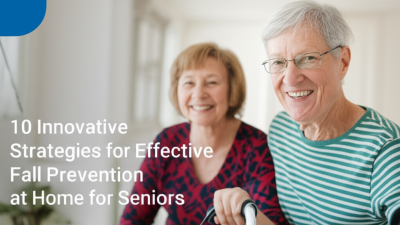
Understanding the Importance of Fall Prevention for Seniors
Falls among seniors, defined as individuals aged 65 and older, represent a serious but often underappreciated public health challenge. Research indicates that more than one out of four older adults experiences a fall each year, leading to significant injuries and in some cases, fatalities. The World Health Organization highlights that falls are a leading cause of injury among older adults, which can severely impact their quality of life. Consequently, understanding fall prevention is crucial not only for the well-being of seniors but also for alleviating the emotional and financial burden on families and healthcare systems.
Effective fall prevention strategies emphasize the importance of balance and strength training exercises. Advocacy for such programs has gained momentum, with campaigns being launched to encourage attendance in fall prevention classes. These interventions have shown promise, particularly for diverse populations such as the Hispanic/Latino community, which has unique risk factors. Studies suggest that tailored fall prevention strategies can significantly reduce incidents of falls, enhance mobility, and improve overall health, thereby empowering seniors to maintain their independence and reduce the fear associated with falling.
Creating a Safe Home Environment: Key Modifications and Tools
Creating a safe home environment for seniors is essential to prevent falls and enhance their quality of life. Simple modifications can make a significant difference. One effective strategy is to remove clutter from pathways and living areas, ensuring that seniors can move freely without obstacles. Additionally, securing loose rugs with non-slip backing can prevent trips and falls.
**Tips**: Consider using brightly colored tape to mark the edges of steps, making them more visible. Installing grab bars in bathrooms and near stairs provides seniors with support and stability.
Another key modification is the adequate lighting throughout the home. Seniors often have compromised vision, making it crucial to eliminate dimly lit areas. Installing motion sensor lights in hallways and placing night lights in bedrooms and bathrooms can guide them safely during nighttime trips.
**Tips**: Use full-spectrum LED bulbs to ensure brighter and more natural lighting. Additionally, encourage seniors to keep a flashlight nearby in case of power outages.
10 Innovative Strategies for Effective Fall Prevention at Home for Seniors - Creating a Safe Home Environment: Key Modifications and Tools
| Strategy | Description | Key Tools | Implementation Cost |
|---|---|---|---|
| 1. Install Grab Bars | Provide support in bathrooms or stairways to improve stability. | Grab bars, installation tools | $50 - $200 |
| 2. Improve Lighting | Enhance visibility with brighter lights and motion sensors. | LED bulbs, motion-sensor lights | $30 - $150 |
| 3. Remove Clutter | Keep walkways clear to reduce tripping hazards. | Storage bins, organizers | $20 - $100 |
| 4. Use Non-Slip Mats | Apply non-slip mats in high-risk areas like kitchens and bathrooms. | Non-slip mats or rugs | $20 - $80 |
| 5. Assistive Technologies | Use tools like medical alert systems for immediate assistance. | Medical alert devices | $30 - $300 |
| 6. Stair Safety Enhancements | Install handrails and make steps more visible with color contrast. | Handrails, stair tread paint | $100 - $500 |
| 7. Wear Proper Footwear | Encourage wearing shoes that provide support and grip. | Supportive shoes | $30 - $150 |
| 8. Regular Exercise | Promote balance and strength through exercise programs. | Fitness classes, balance training | $0 - $100 |
| 9. Emergency Exit Planning | Create a clear plan for safe evacuation during emergencies. | Emergency exit signs | $10 - $50 |
| 10. Regular Home Assessments | Conduct assessments to identify and rectify hazards. | Assessment tools, checklists | $0 - $50 |
Utilizing Technology: Smart Devices for Monitoring and Alerts
As the population of seniors continues to grow, ensuring their safety at home becomes increasingly important, especially in preventing falls. One of the most promising approaches is the integration of technology through smart devices designed for monitoring and alerts. These devices not only provide seniors with a sense of security but also empower their families and caregivers to respond swiftly in case of emergencies.
Smart sensors placed throughout the home can detect unusual movements or prolonged inactivity, sending real-time alerts to family members or care professionals. For instance, wearable devices equipped with fall detection technology can automatically notify emergency services if a fall occurs, ensuring immediate assistance. Additionally, smart home systems can be programmed to send reminders for medication and schedule regular check-ins, further reducing the risk of accidents caused by forgetfulness or disorientation.
Incorporating these technological innovations into home environments not only enhances safety but also promotes independence among seniors. With more families embracing these tools, the potential to significantly reduce fall-related injuries grows, allowing seniors to live more confidently and comfortably in their own homes.
Engaging Seniors: Encouraging Physical Activity and Balance Exercises
Engaging seniors in physical activity is crucial for preventing falls at home. Activities that promote mobility and strength not only enhance physical health but also improve confidence in daily movements. Simple exercises, such as walking, gardening, or even dancing to music, can significantly contribute to maintaining balance and coordination. Encouraging seniors to participate in group fitness classes, particularly those designed for older adults, fosters a sense of community and motivation, making the experience enjoyable.
Incorporating balance exercises into their routine can further enhance stability. Activities like tai chi and yoga have been shown to improve both physical and mental well-being, as they focus on controlled movements and balance. Home-based programs utilizing online resources or video tutorials can encourage seniors to practice these exercises regularly, helping them feel empowered.
Additionally, involving family members in these activities can create a supportive environment that not only reduces the fear of falling but also strengthens family bonds. By promoting an active lifestyle and balance exercises, we can significantly contribute to the safety and independence of seniors at home.
Educating Family Members: Collaborative Approaches to Fall Prevention
In the context of fall prevention for seniors, educating family members plays a crucial role in creating a safer home environment. According to the National Council on Aging, falls are the leading cause of injury among older adults, accounting for over 3 million visits to emergency departments annually. By empowering family members with knowledge about fall risks and prevention strategies, they can collaborate effectively to mitigate these dangers. Workshops or informational sessions on home safety can significantly enhance awareness, allowing family members to identify hazards such as loose rugs, poor lighting, and clutter that could increase the risk of falls.
Moreover, collaborative approaches can include regular safety assessments conducted by family members, where they evaluate the living space for potential risks and implement immediate corrective actions. The Centers for Disease Control and Prevention (CDC) highlights that effective communication regarding a senior's mobility and health conditions can lead to tailored strategies that fit each individual's needs. By fostering an open dialogue, families can encourage seniors to express their concerns and preferences, which not only enhances the effectiveness of fall prevention strategies but also promotes a sense of autonomy and dignity for seniors living at home.
10 Innovative Strategies for Effective Fall Prevention at Home for Seniors
This bar chart illustrates the importance of various strategies for fall prevention at home for seniors. Family education emerges as the most crucial factor, highlighting the need for collaboration to enhance safety and reduce fall risks.
Related Posts
-
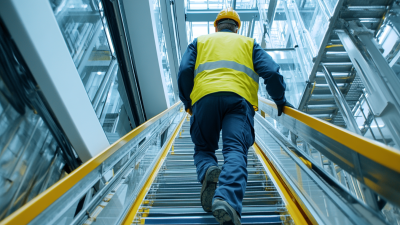
Enhancing Safety Through Fall Prevention: Cost-Effective Maintenance Solutions and Real-World Success Stories
-
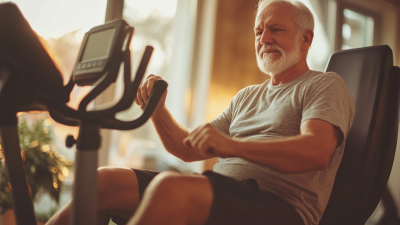
What Are the Top Benefits of Using Exercise Machines for Seniors
-
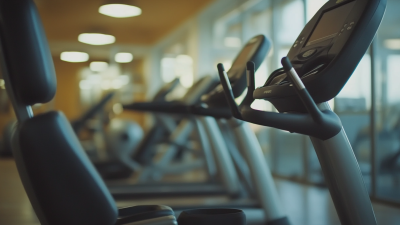
How to Identify the Best Manufacturers for Exercise Machines Catering to Seniors’ Needs
-
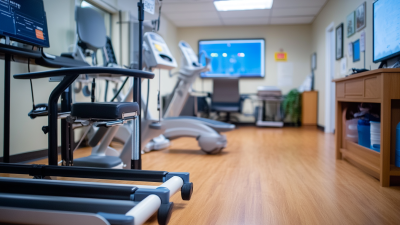
5 Key Benefits of Using Rehab Equipment for Home Recovery You Shouldn't Ignore
-

Ultimate Guide to Choosing the Right Home Rehab Equipment for Your Recovery
-

2025 Trends in Fitness: A Comprehensive Comparison of the Best Workout Equipment for Every Budget
